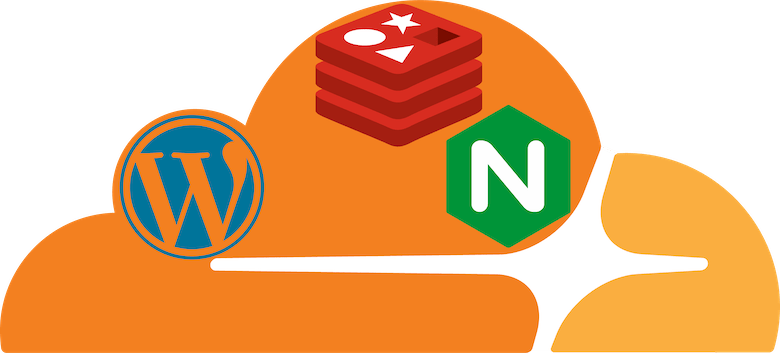Sometimes, it’s quicker to use WordPress instead of another system to do a blog.
Now, it’s time to have a cache and gain good improvement in rendering.
1. The right web server
I use Nginx with PHP-FPM to be the secure base: 2019, no more Apache2
It’s also possible to implement cache at the Nginx level but I don’t use it. I prefer improvement related to metrics.
2. JS/CSS/HTML optimizer (optional)
I tested Autoptimize and finally, it’s interesting when you use Elementor.
This blog doesn’t use Autoptimize because during the test: 0kB… impossible to optimize more.
3. In-memory caching
It’s time to use Redis with Redis Cache.
WordPress will refresh the cache inside Redis after posting, and commenting… and all readers will go to Redis. It’s a good improvement and a new way to not use Varnish or Nginx cache immediately.
4. CDN
It’s the last step with Cloudflare.
The free version works great for personal sites/blogs.
Other improvements
What are the next possible steps to improve performance:
- replace PHP-FPM with HHVM
- replace WordPress code (core + plugin) to read from Redis by Lua code directly inside the Nginx configuration
- activate Nginx cache
- Migrate WordPress to a static website (Jekyll, Hugo)
- Build a 2-step prod :
– edit and publish to WordPress offline (internal)
– CI/CD to convert WordPress to a static website and push rendered static website to a public server
Don’t forget to protect your WordPress
